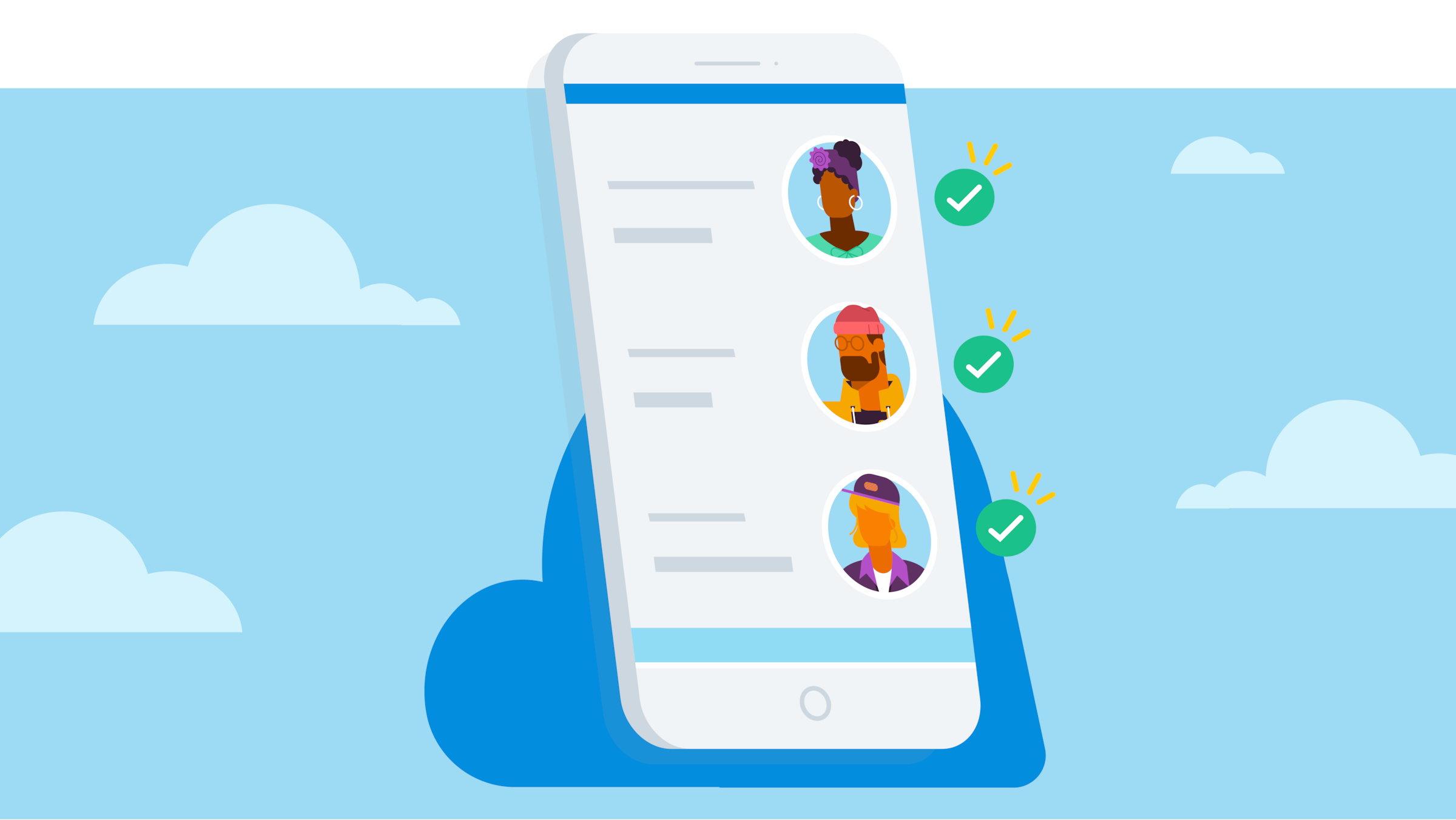What is payroll and who does what?
Payroll can seem like an endlessly large job, with a number of tasks to check off. We’ve broken it down for you.

Published Wednesday 13 April 2022
Five employer payroll responsibilities
No matter how big and messy the job might seem, payroll boils down to five basic tasks:
- Paying your employees’ wages
- Calculating and paying their benefits, such as vacation, sick leave, insurance, and retirement
- Deducting taxes on behalf of the federal and, potentially, state governments
- Paying all payroll taxes (including some you owe as an employer)
- Filing reports to show the government you’re doing all these things correctly
You’ll need a process to help you get everything right. You can break that process down to what you do at hiring (setting up the new employee in your payroll), what you do on payday, and what you have to do for the tax agencies.
Payroll setup tips
There’s some important housekeeping to do before anyone starts working for you. Take care of it to help keep things working smoothly (and to stay out of trouble with the government).
- Learn the rules for paying salaries or wages. There are some common misunderstandings. Did you know, for example, that paying a salary doesn’t automatically excuse you from paying overtime? Check with the Department of Labor.
- Get your employees to fill out an I-9 form and provide any supporting documents that it calls for. This is to prove they can work in the US.
- Complete and send a “new hire” form to the state where you’re reporting the employee’s wages and taxes.
- Get your employees to fill out a W-4. This will help you calculate how much income tax to withhold from their pay. Get in touch with the state tax office where the employee works to see if there’s a state version of the W-4 as well. If it’s a new state for your business you need to register and report there.
What to do on payday
Start by working out what you owe each employee for the period, then make the required deductions. Deductions include benefits (such as insurance or retirement) and tax. Not all payroll taxes come out of the employee’s pay. You will also have to pay some employer payroll taxes.
Learn more in our guide on payroll taxes.
Finally, pay your employee, update records of vacation and sick days, if applicable, and issue your employee with a pay stub that summarizes all your calculations.
Dealing with tax
You will have to pay tax to the government at federal and state levels. They will require you to:
- file tax forms – forms like the 941 and W2 go to the IRS, but your state tax agency may have additional requirements, so ask them
- pay taxes – including the money you withheld from employee pay, plus the payroll taxes you owe as an employer
Tax agencies typically give you a schedule for when these things are due. Quarterly or annual deadlines are common but payments can be as frequent as weekly.
There may be a long time between when you collect tax from an employee and when you pay it. Many businesses set up a separate bank account for holding that money to avoid spending it.
Your payroll record-keeping obligation
Tax agencies such as the IRS require you to hold onto records for four years. If asked, you are expected to provide an employee’s personal information, copies of the tax forms that have been filed, dates and amounts of tax payments, amounts and dates of salary or wage payments, expense reimbursements, and retirement payments. For more information, visit the record-keeping section of the IRS employer's tax guide.
What are employee payroll responsibilities?
Before starting work, your employees need to fill out a W-4 form and state tax form. The information they give on these forms helps you figure out how much tax to withhold from their pay. They’re also required to tell you any time there’s a change in their circumstances.
It’s also up to employees to review each pay stub. Encourage them to check that pay, benefits, and taxes are being reported correctly.
Payroll is what keeps business booming
For a small business owner, payroll is a system for paying the correct amounts of money to the right people on the required dates. There are lots of calculations to do, deadlines to meet, and forms to fill out. But it's an effort well spent. Imagine how much busier you’d be without employees.
If you think you’ll struggle to stay on top of payroll, don’t worry. There are professionals who can help, or you can get software to automate a lot of the steps.
Disclaimer
Xero does not provide accounting, tax, business or legal advice. This guide has been provided for information purposes only. You should consult your own professional advisors for advice directly relating to your business or before taking action in relation to any of the content provided.
Start using Xero for free
Access Xero features for 30 days, then decide which plan best suits your business.